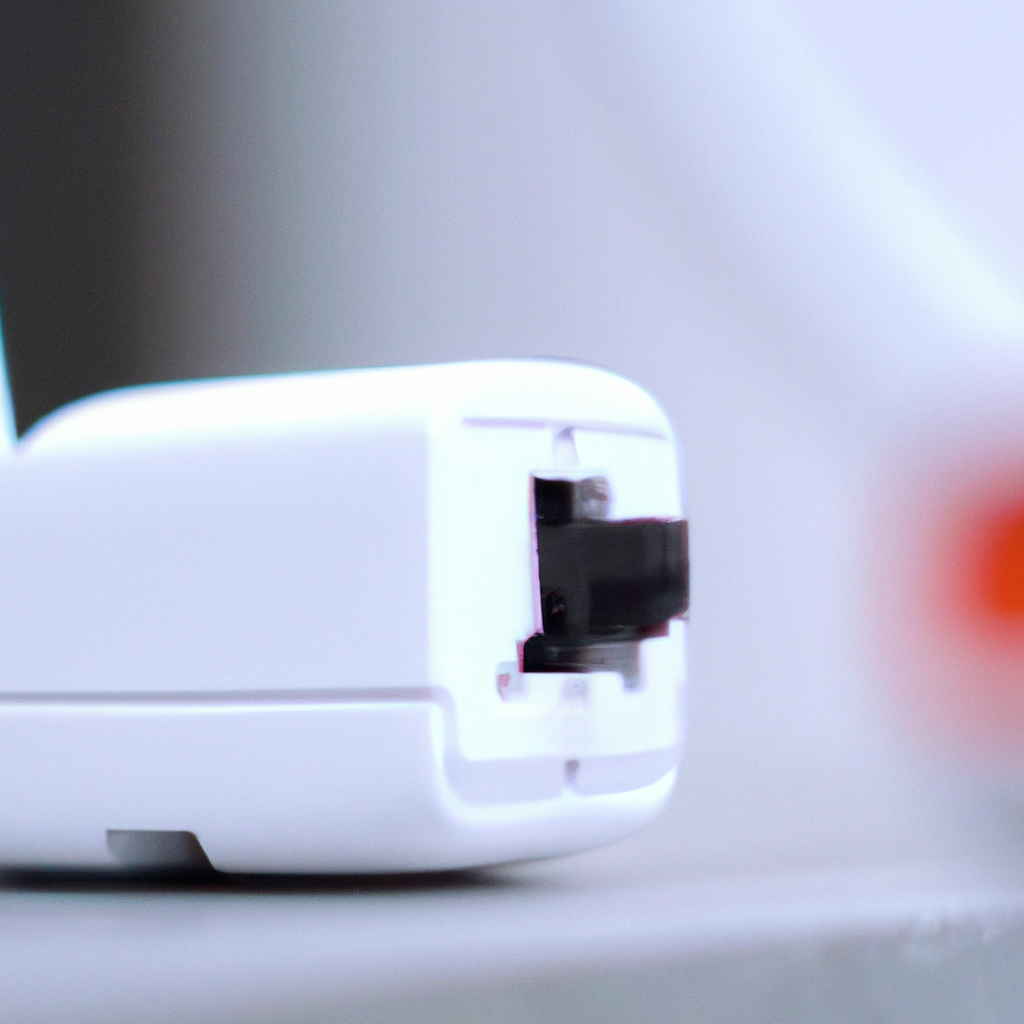Wi-Fi extenders, also known as wireless signal boosters, Wi-Fi repeaters, network range extenders, Wi-Fi range extenders, Wi-Fi boosters, Wi-Fi amplifiers, Wi-Fi signal extenders, wireless range extenders, or Wi-Fi network extenders, are devices that help improve the coverage and strength of a wireless network. These devices are especially useful in larger homes or offices where the wireless signal may not reach all areas effectively.
How does a Wi-Fi extender work? Let’s take a closer look.
Understanding the Basics
Before we dive into how a Wi-Fi extender works, it’s essential to understand a few basic concepts of Wi-Fi networks. A Wi-Fi network consists of a router and a series of devices, such as smartphones, laptops, and smart home devices, that connect to the network wirelessly.
The router sends out a wireless signal that these devices use to connect to the internet. However, the signal’s strength may decrease as it travels further away from the router, resulting in a weaker signal and slower internet speed. This is where a Wi-Fi extender comes in.
How a Wi-Fi Extender Works
A Wi-Fi extender works by receiving the existing wireless signal from the router and amplifying it before transmitting it to the areas where the signal strength is weaker. It acts as a bridge between the router and the devices, extending the network’s coverage and improving the signal strength.
Let’s take a closer look at the working of a Wi-Fi extender:
1. The Wi-Fi extender connects to the existing wireless network.
2. The extender receives the wireless signal from the router.
3. The signal is amplified and transmitted to the areas where the signal strength is weaker.
4. Devices in these areas can now connect to the extender, which acts as a bridge between the router and the device.
5. The Wi-Fi extender uses the same network name and password as the existing network, so devices can seamlessly switch between the router and the extender without any interruption.
Types of Wi-Fi Extenders
There are two types of Wi-Fi extenders: desktop and plug-in. Desktop extenders are larger and usually have external antennas, while plug-in extenders are smaller and plug directly into a wall outlet.
Desktop extenders generally have a more powerful amplifier and can extend the network’s coverage over a more significant distance. Plug-in extenders are more convenient and take up less space, but they may not have the same range as desktop extenders.
Benefits of Using a Wi-Fi Extender
Using a Wi-Fi extender provides several benefits, including:
1. Improved coverage: A Wi-Fi extender can extend the network’s coverage, ensuring that all areas of your home or office have access to a strong wireless signal.
2. Faster internet speed: A stronger wireless signal means faster internet speeds, allowing you to stream videos, download files, and browse the web with ease.
3. Cost-effective: Wi-Fi extenders are an affordable way to improve the coverage and strength of your wireless network, without having to invest in a new router or additional network equipment.
4. Easy to install: Wi-Fi extenders are easy to set up and install. Most devices come with a simple setup wizard that guides you through the installation process.
Conclusion
In conclusion, a Wi-Fi extender is an excellent solution for improving the coverage and strength of your wireless network. By amplifying the existing wireless signal and transmitting it to areas with weaker signal strength, a Wi-Fi extender can provide faster internet speeds and better coverage. Whether you have a large home or office, a Wi-Fi extender is an affordable and easy way to improve your wireless network’s performance.







